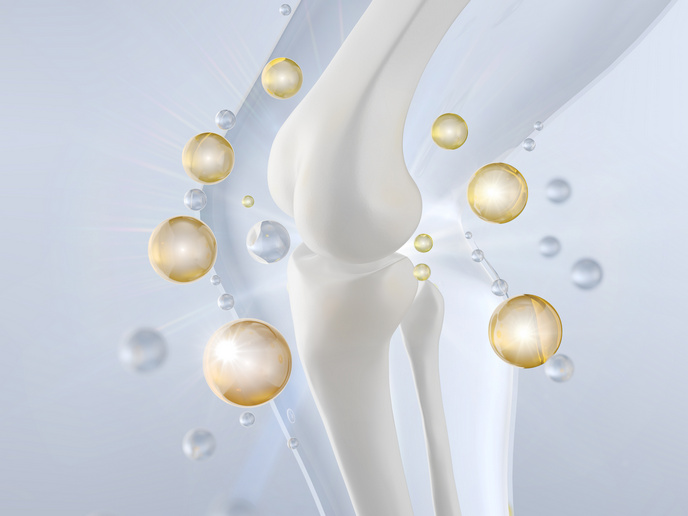Proton behaviours in aqueous environments
A proton is a positively charged ion, a hydrogen atom that has lost its one and only electron. Compared to other ions, protons have an abnormally high mobility in water that is explained by interactions with the water network itself. Mechanisms of transport in bulk water have been studied in great detail. However, in most processes, protons co-exist with other solutes and traverse interesting geometries such as ion channels and other architectures. Scientists have now added a wealth of knowledge to the less understood processes in these complex and strongly perturbed environments. EU support of the 'Aqueous proton mobility near ions and in nano-confined geometries' (PERTPROTONDYN) project gave them the opportunity they were seeking. Powerful non-linear spectroscopic techniques formed the basis of measurement. The team significantly improved capabilities of an advanced broadband technique (high-frequency broadband dielectric relaxation spectroscopy (DRS)) that provides important information about molecular dipole moments and free charge carriers. They also used an infrared (IR) technique to visualise rotational mobility of water hydroxyl (-OH) groups. The divalent cations calcium (Ca2+) and magnesium (Mg2+) are important components of biological fluids. DRS revealed for the first time their influence on the number of water molecules affected by the presence of protons. Studying proton mobility when confined to very small spaces is difficult because the generated current is so small it is nearly impossible to measure. DRS also provided a window on the unexpected polarisation response of protons constrained in nanometre-sized water droplets. Researchers studied the effects of Nafion membrane hydration on the rotational mobility of water and the mobility of protons and sodium ions. Increased understanding is relevant to crucial processes, including energy transport in biological systems and ionic mechanisms in fuel cells. Finally, the team exploited DRS together with fast mid-IR spectroscopy to elucidate the molecular dynamics of a common inhibitory neurotransmitter and urea, an important chemical found in urine. Novel results are in various stages of publication. PERTPROTONDYN has provided important insight into the transport mechanisms of hydrated protons in complex environments that are so critical to many natural and industrially relevant processes.







